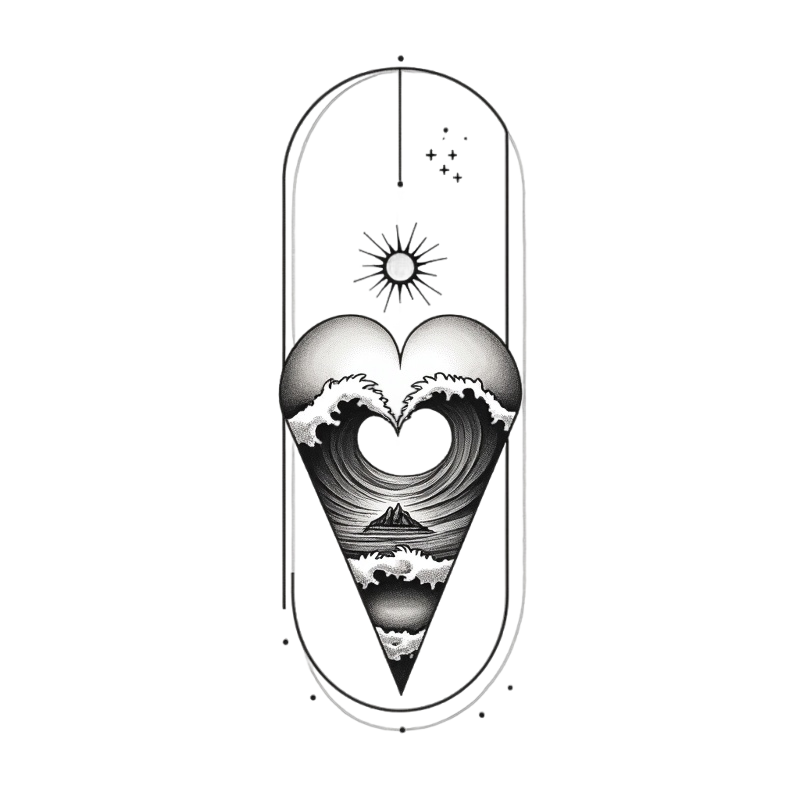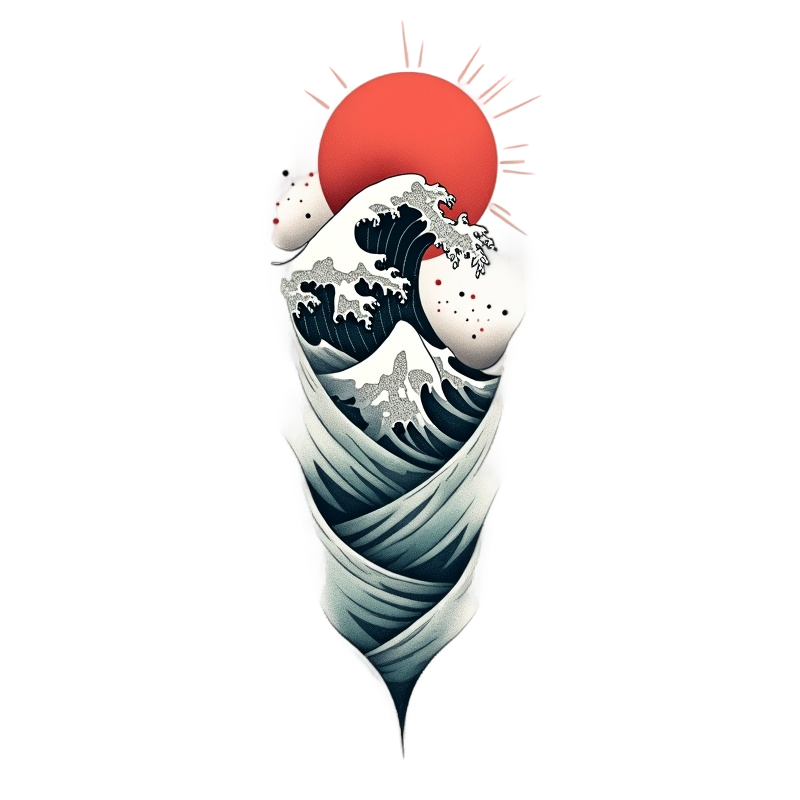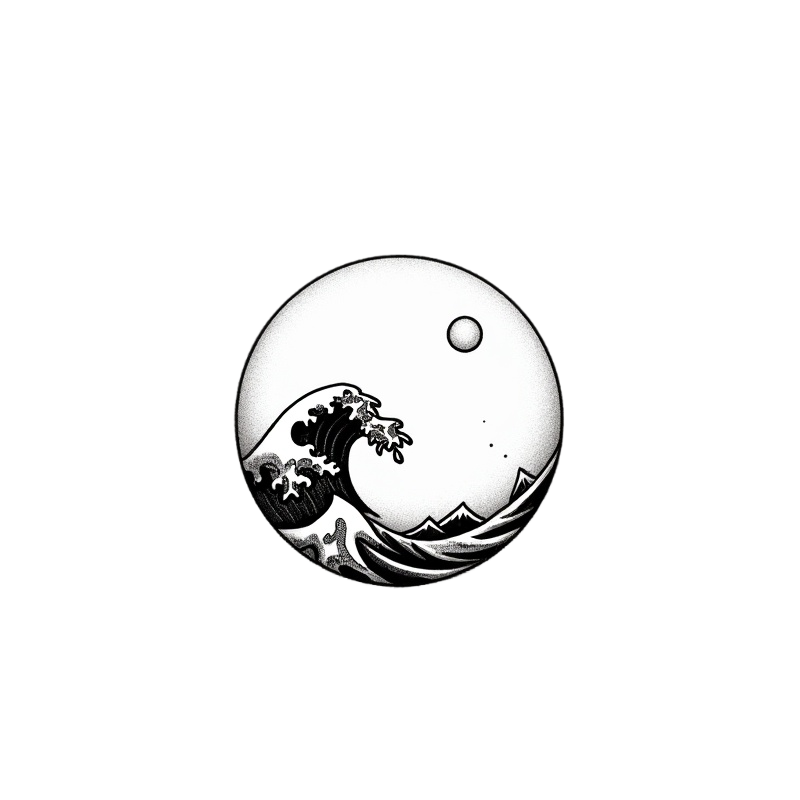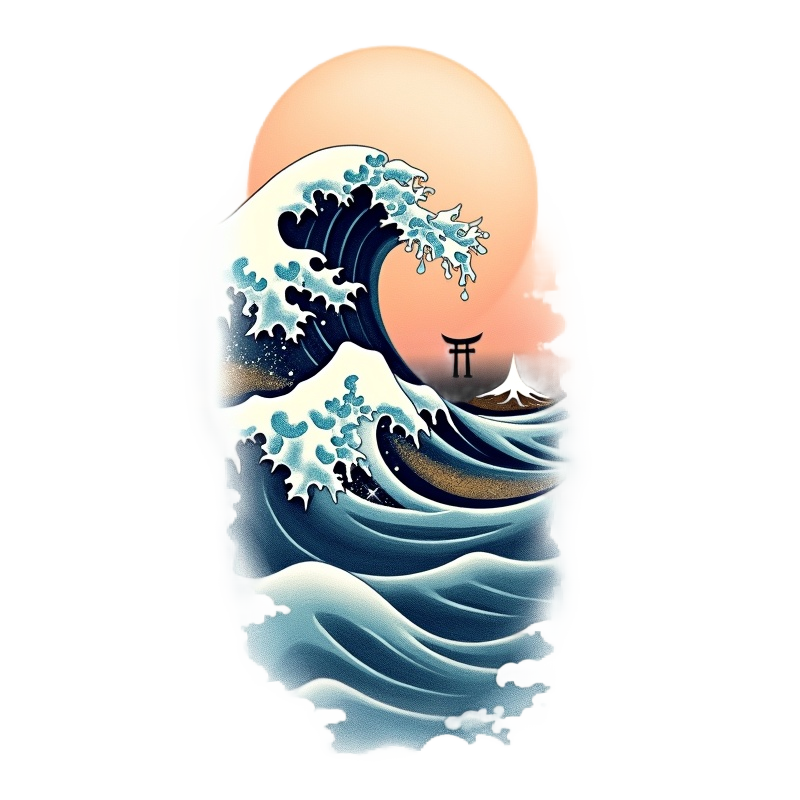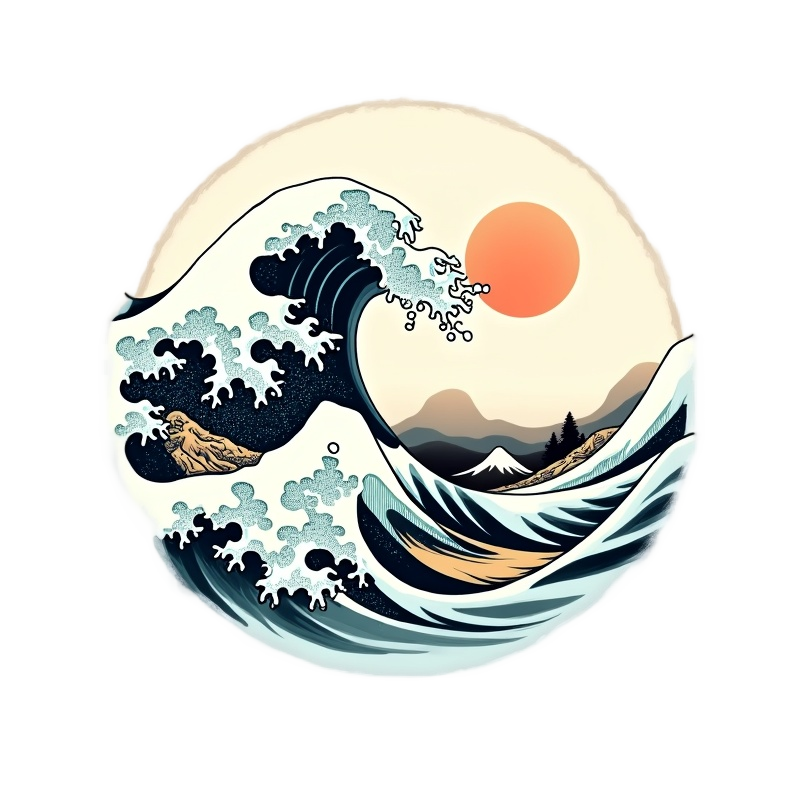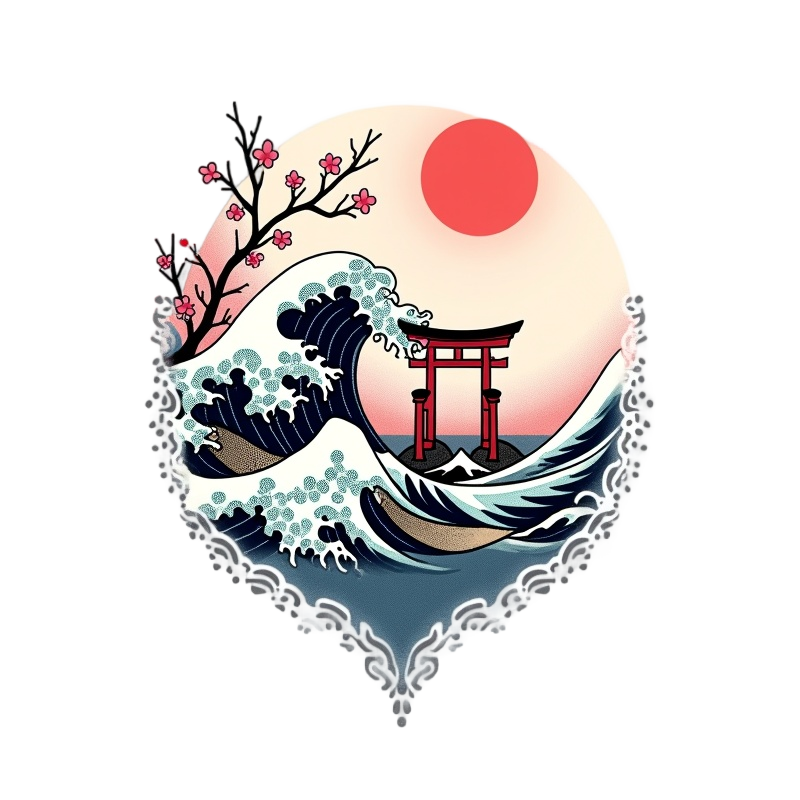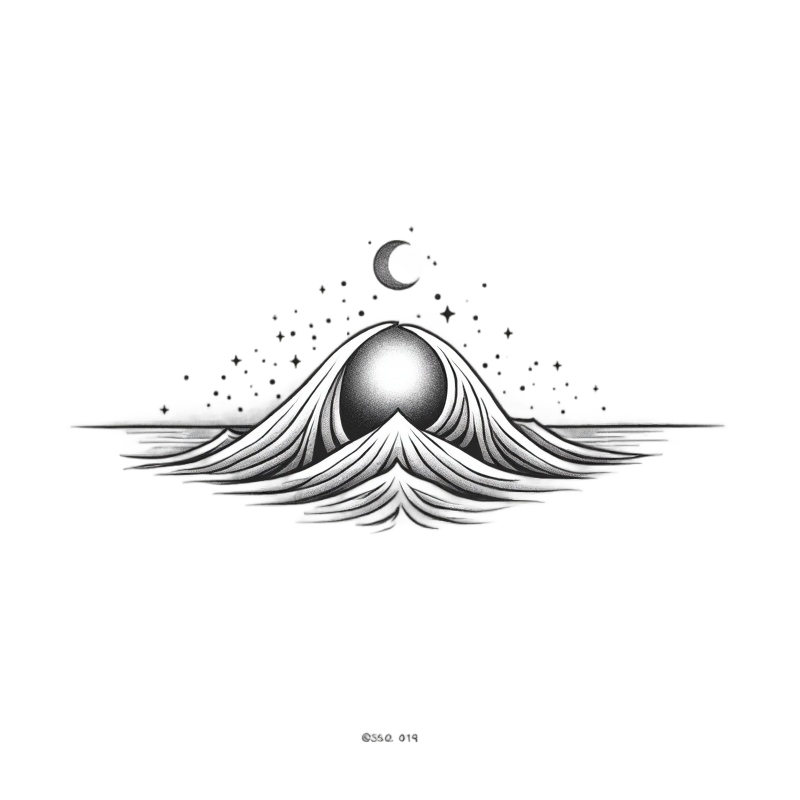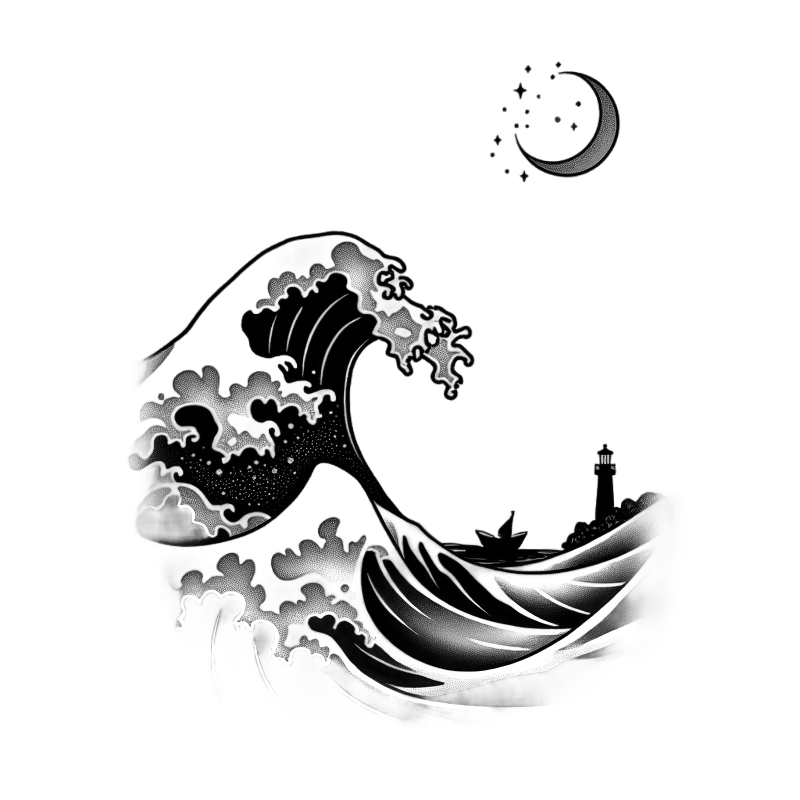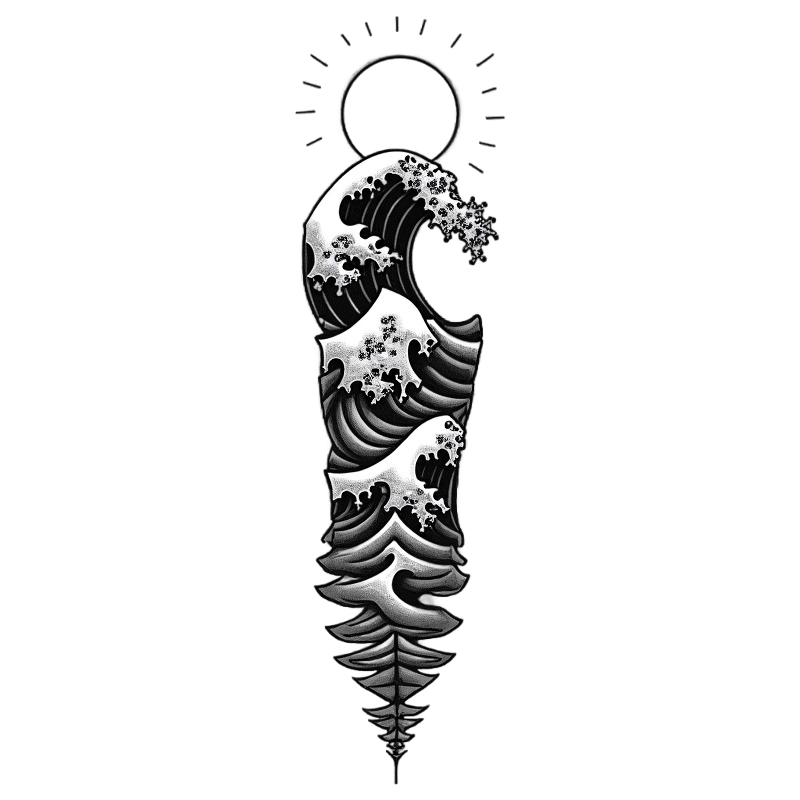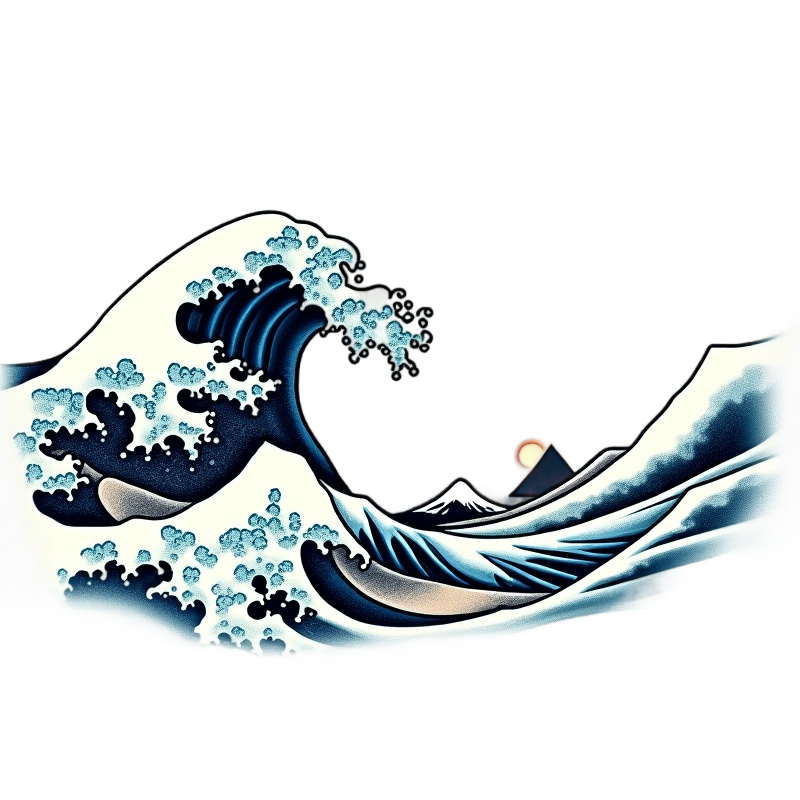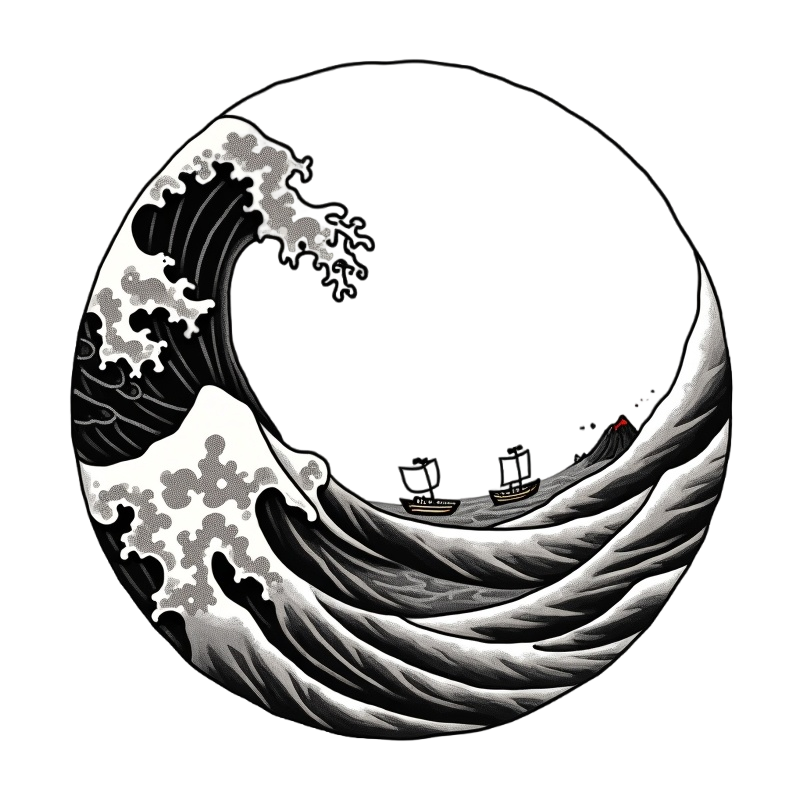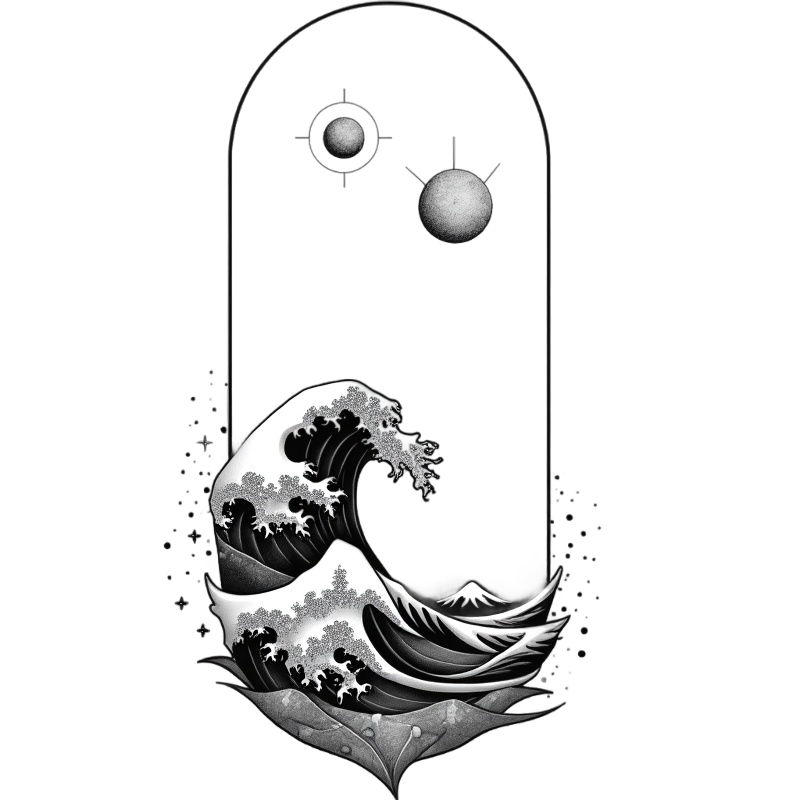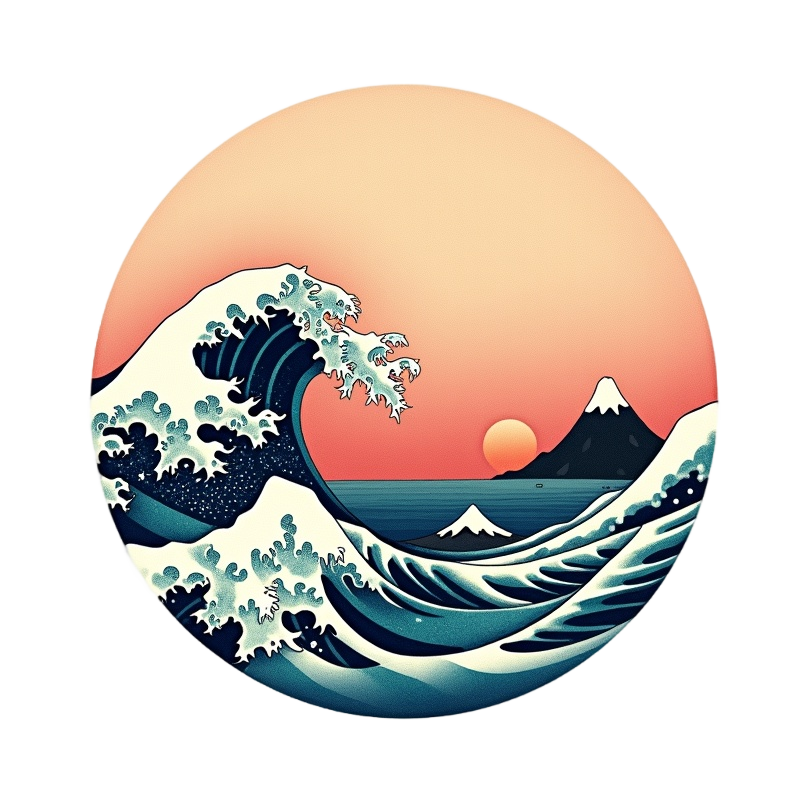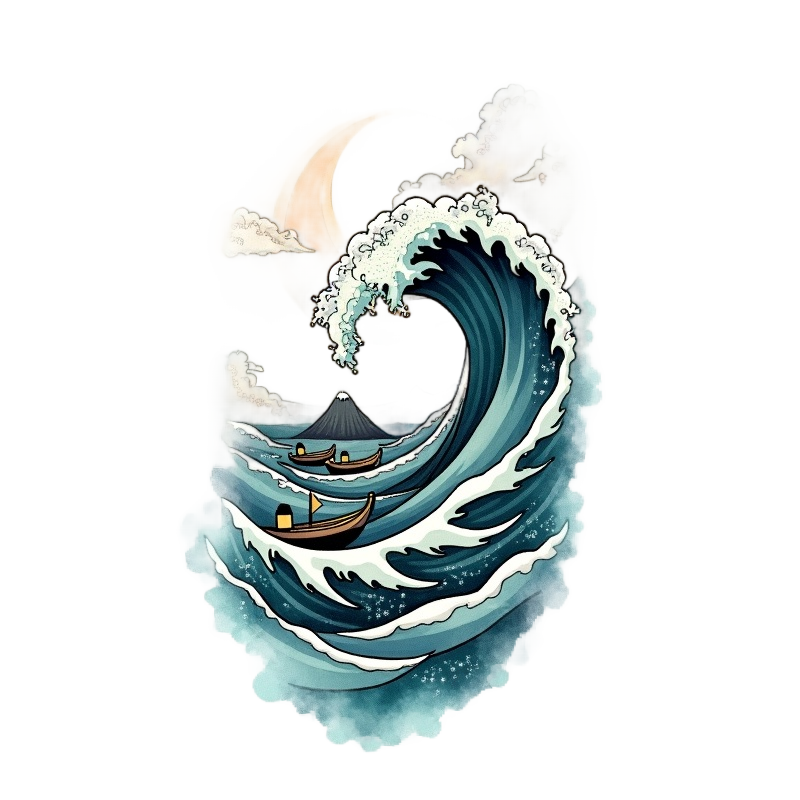Kanagawa Tattoo Ideas, Designs and Meaning
Meaning of Kanagawa Tattoos
- The "Kanagawa tattoo" is inspired by the famous Japanese woodblock print "The Great Wave off Kanagawa" by Hokusai.
- This tattoo often symbolizes the power and beauty of nature, as well as the impermanence of life.
- Culturally, it reflects the rich tradition of Japanese art and the country's deep connection to the sea.
- Historically, the artwork dates back to the Edo period, showcasing the influence of ukiyo-e art in Japanese culture.
- The tattoo is popular among both genders and can be placed on various body parts, commonly on the arm or back.
- It is often rendered in a traditional Japanese tattoo style, emphasizing bold lines and vibrant colors.
- The wave can also represent personal struggles and the strength to overcome challenges.
- Some people choose this tattoo to express a love for the ocean or a connection to Japanese heritage.
- The design can be customized with additional elements like Mount Fuji or cherry blossoms to enhance its meaning.
2,304 Tattoo Ideas
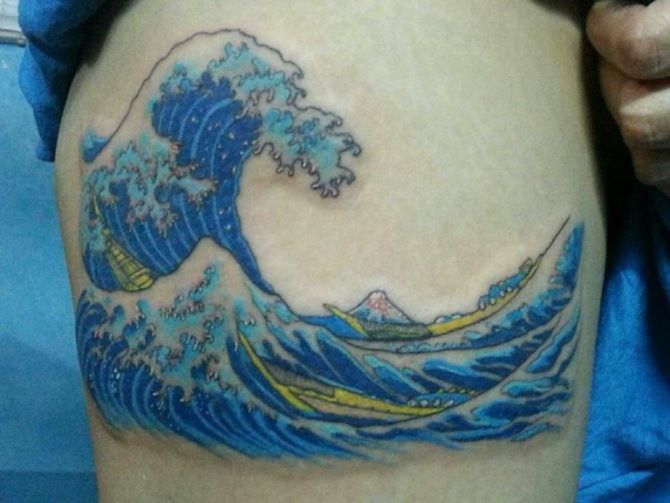

40+ Waves Tattoos
Selection from Pinterest
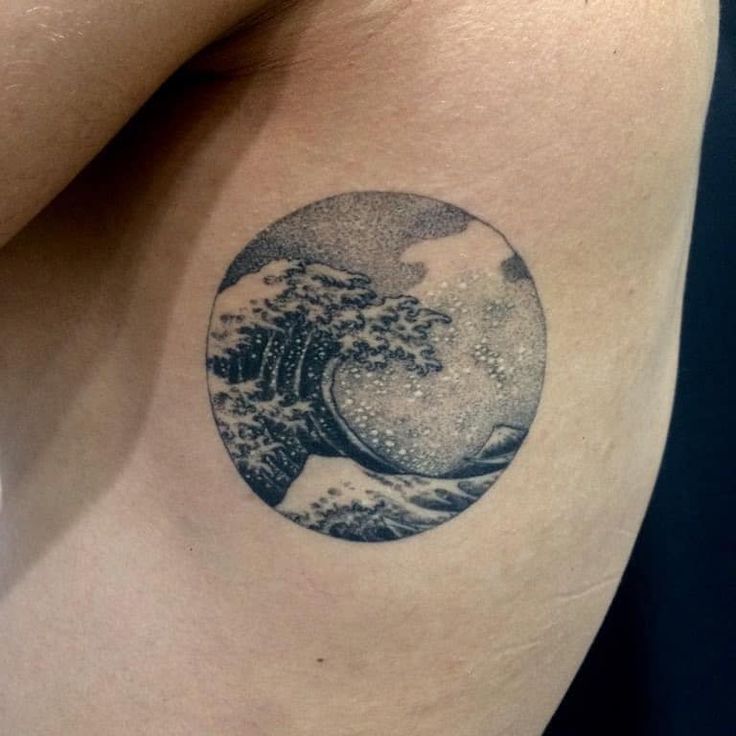

90+ Japanese Wave Tattoo Designs You Need To See!
Selection from Pinterest
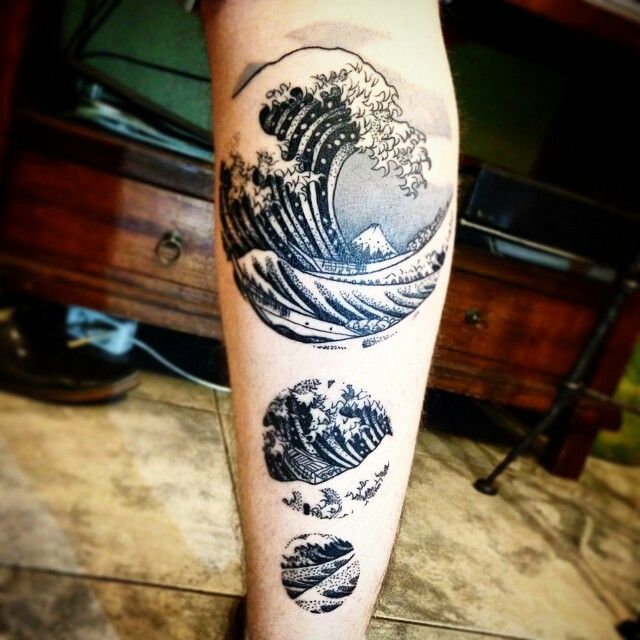

The great wave tattoo
Selection from Pinterest
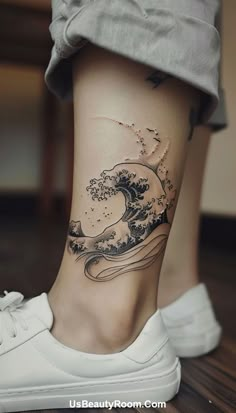

110 Tattoos ideas in 2025 | wave tattoo design, waves tattoo, kanagawa wave tattoo minimalist
Selection from Pinterest
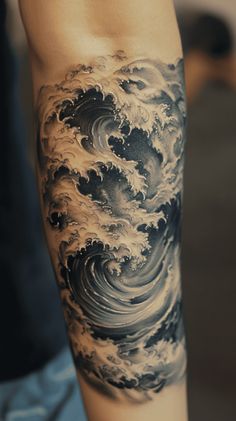

52 Tattoo Ideas in 2025 | body art tattoos, cute tattoos, small tattoos
Selection from Pinterest


great wave off kanagawa lion tattoo - Google Search
Selection from Pinterest
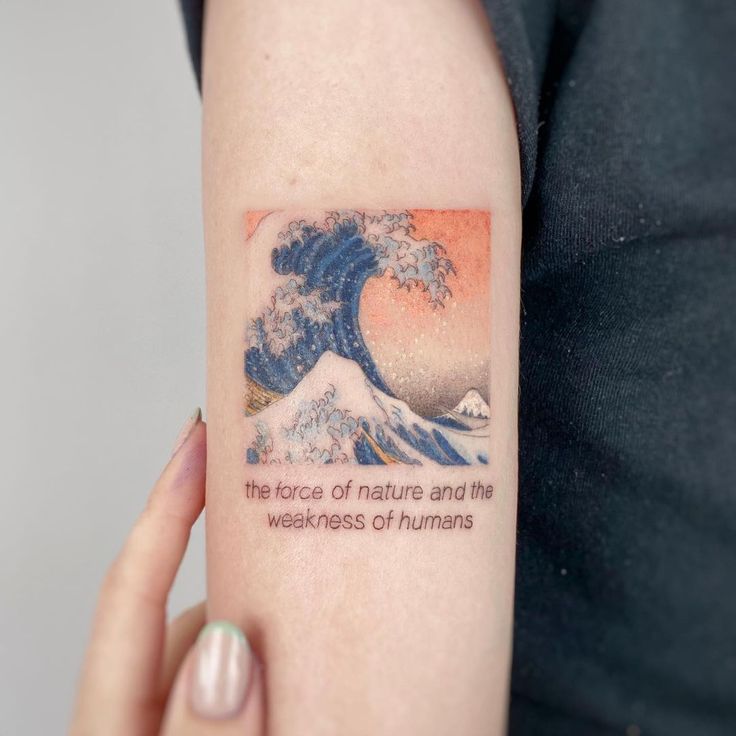

Alice Lando on Instagram: "La grande onda di Kanagawa, Hokusai Done at @bluestate_studio with @emalla.official #
Selection from Pinterest


185 Wave Tattoo Designs and Ideas For Those Who Love Ocean - Tattoo Me Now
Selection from Pinterest


Great Wave of Kanagawa famous Japanese painting turned into a tattoo... - Imgur
Selection from Pinterest
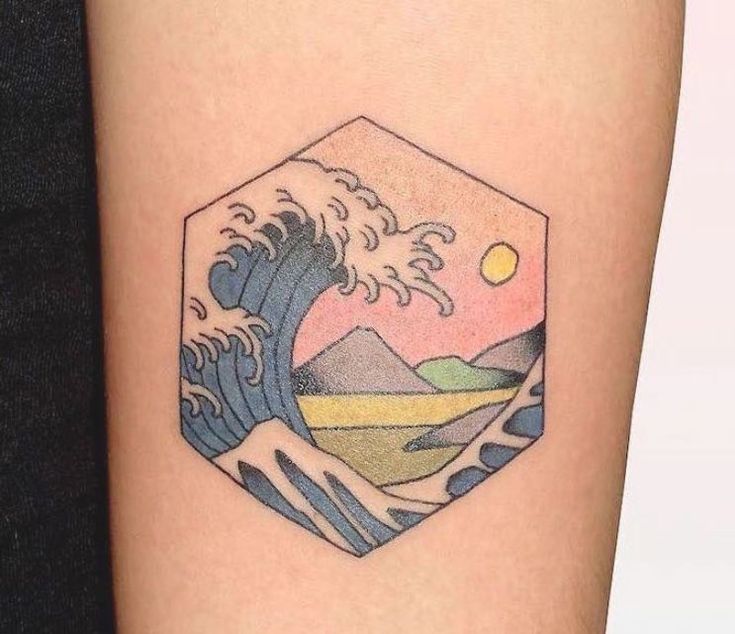

Japanese Style Tattoos Put Modern Twist on Japanese Woodblock Prints | Japanese tattoo, Tattoos, Japanese tattoo
Selection from Pinterest
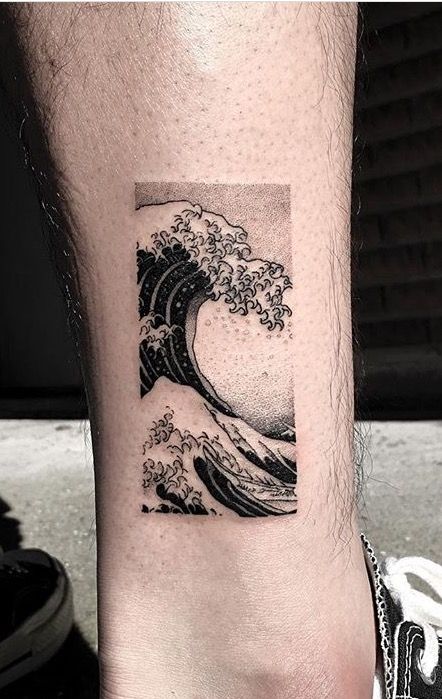

Oozy wave tattoo
Selection from Pinterest


59 Cool Japanese Wave Tattoo Designs for Men
Selection from Pinterest


Discover 37 the Great Wave Tattoo Ideas and Japanese Wave Tattoos Ideas | kanagawa wave tattoo, hokusai tattoo, wave drawing and more
Selection from Pinterest
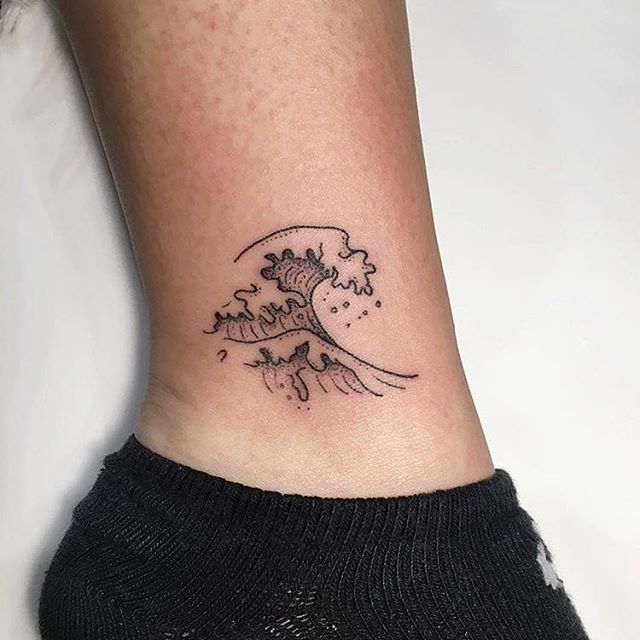

Hand-poked The Great Wave of Kanagawa - Tattoogrid.net
Selection from Pinterest


90+ Japanese Wave Tattoo Designs You Need To See!
Selection from Pinterest
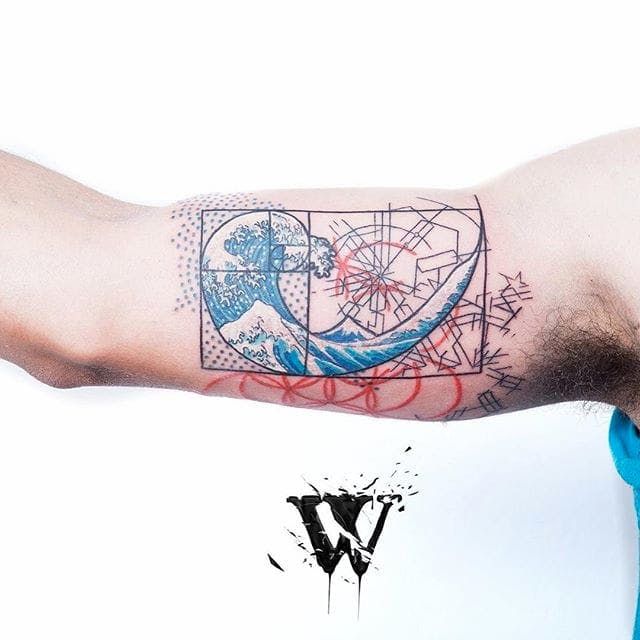

Tattoo uploaded by Xavier
Selection from Pinterest


Discover 7 Waves Tattoo and Wave Off Kanagawa Tattoo Ideas | hokusai great wave, japanese wave tattoos, monte fuji and more
Selection from Pinterest
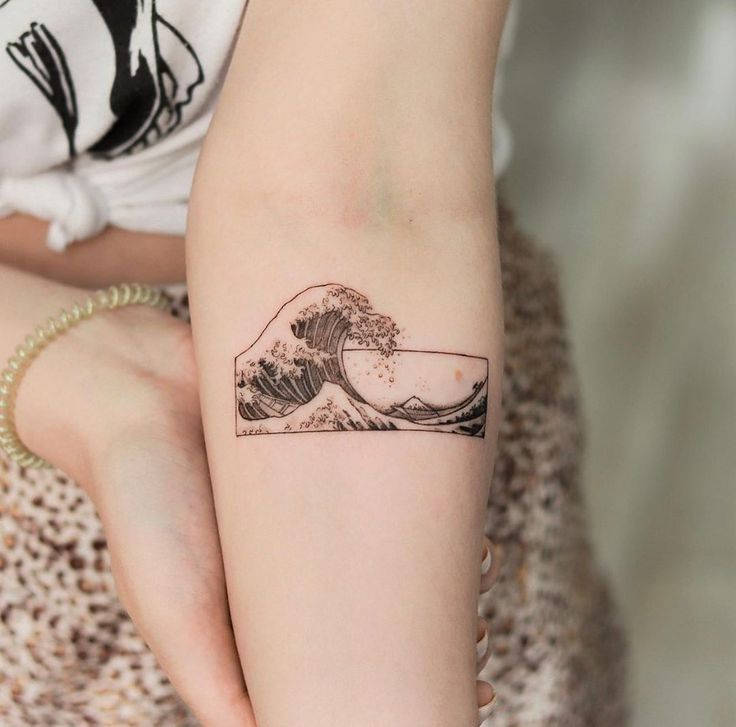

Hannah Kang🇰🇷 on Instagram: ““𝘛𝘩𝘦 𝘎𝘳𝘦𝘢𝘵 𝘞𝘢𝘷𝘦 𝘰𝘧𝘧 𝘒𝘢𝘯𝘢𝘨𝘢𝘸𝘢””
Selection from Pinterest
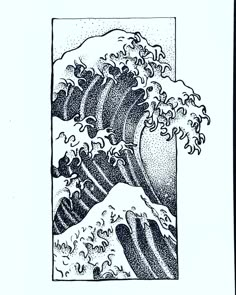

Discover 37 the Great Wave Tattoo Ideas and Japanese Wave Tattoos Ideas | kanagawa wave tattoo, hokusai tattoo, wave drawing and more
Selection from Pinterest
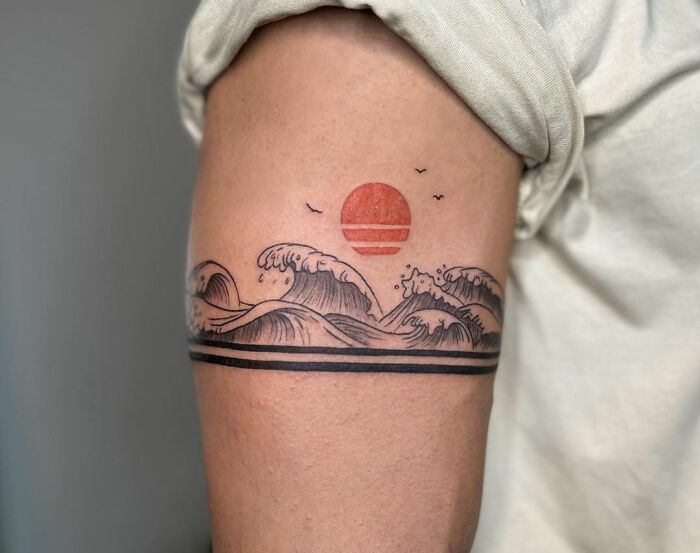

Armband Tattoos: Best Armband Tattoo Designs, Ideas and Their Meanings
Selection from Pinterest


Great Wave tattoo by Christopher Carter
Selection from Pinterest
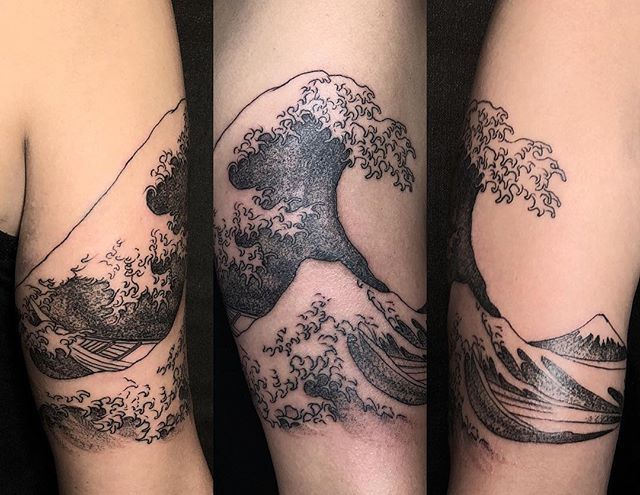

Under the Wave off Kanagawa. By Hokusai @x.bellingham On @morganverburg
Selection from Pinterest
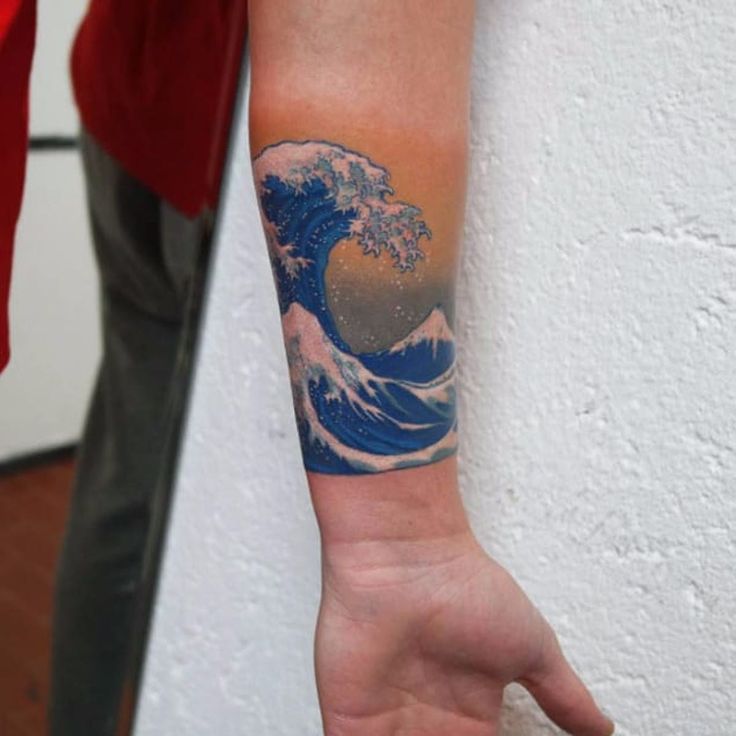

Tattoo uploaded by Xavier
Selection from Pinterest
![🔥🔥 Japanese tattoos [The Complete Guide] +100 Tattoos](https://static.tatship.com/idea-page-posts/0157a7ec-6c49-461e-8f5f-f2fba7b679ed.jpg)

🔥🔥 Japanese tattoos [The Complete Guide] +100 Tattoos
Selection from Pinterest
One App to Store All Your Tattoo Ideas
Store your tattoo ideas in one place and Virtual Try-On them on your body!

Avoid Regrets with 3D Virtual Try-On!
Do a 3D Virtual Try-On to see how your tattoo design looks like on your body before you get it tattooed. Powered by Tatship's AI and 3D technology.



Cultural Considerations and Taboos for Kanagawa Tattoos
When considering a Kanagawa tattoo, it's important to be aware of cultural sensitivities. In Japan, tattoos have historically been associated with the Yakuza, the Japanese organized crime syndicates, which can lead to negative perceptions. Therefore, it's crucial to approach the design with respect and understanding of its cultural significance. Additionally, some might view the appropriation of Japanese art without proper acknowledgment or understanding as disrespectful. It's advisable to research thoroughly and, if possible, consult with artists who specialize in Japanese-style tattoos to ensure cultural appreciation rather than appropriation.
Popular Tattoo Styles and Variations for Kanagawa Tattoos
The Kanagawa tattoo can be rendered in various styles, each offering a unique interpretation of the iconic wave. Traditional Japanese style, or Irezumi, is a popular choice, characterized by bold lines, vibrant colors, and intricate details. This style often includes additional elements like koi fish, dragons, or cherry blossoms, enhancing the tattoo's narrative. Another popular style is the minimalist or blackwork approach, which focuses on the wave's form using simple lines and shading, offering a modern and subtle take. Watercolor style is also favored for its ability to capture the fluidity and movement of the wave, using soft gradients and splashes of color to mimic the appearance of water. Each style offers a different aesthetic and can be tailored to the individual's personal taste and meaning.
Historical Origins and Evolution of Kanagawa Tattoos
The historical significance of the Kanagawa tattoo is deeply rooted in the legacy of 'The Great Wave off Kanagawa,' created by the renowned Japanese artist Katsushika Hokusai in the early 19th century. This woodblock print is part of Hokusai's series 'Thirty-Six Views of Mount Fuji' and is one of the most recognizable works of Japanese art worldwide. The print captures a towering wave threatening boats near the Kanagawa prefecture, with Mount Fuji visible in the background. It reflects the Edo period's fascination with nature and the interplay between human life and the natural world. The artwork has influenced countless artists and continues to be a symbol of Japanese art and culture, making it a popular choice for tattoos that seek to embody these themes.



